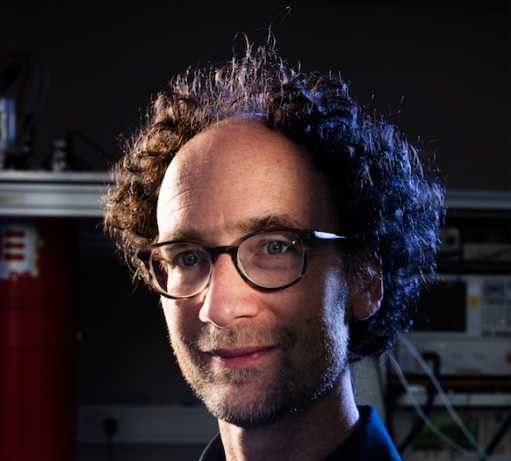KIDs
Kinetic Inductance Detectors (KIDs) are the most sensitive detectors for large format detector arrays operating from the visible to mm wave wavelengths. We develop these detectors in a group that is partly in SRON and partly in the TU Delft. In this way we combine explorative, curiosity driven research on detector fundamentals with the integration and building of (space) instruments. Most of the work has focused on the far-Infrared (radiation with wavelengths ranging from 3mm to 20 um), but a more recent effort on visible KIDs is also on-going.
KIDs in Space
The KIDs from SRON/TU Delft are the most sensitive in the world. This has been our ticket to become part of the US PRIMA satellite project, currently (2025) in its Phase-A study phase. We develop ultra-sensitive KIDs, which are either dual-polarization or polarization sensitive, for the European instrument PRIMAger on PRIMA. Final mission selection is foreseen for 2026, flight for 2031. We also develop dual-polarization MKIDs for the NASA Balloon mission POEMM, which is planned for launch in 2029.
KIDs on the Ground
We have delivered the MKIDs for the AMKID instrument, being commissioned now (early 2025) at the APEX telescope in Chile. This is the largest sub-mm camera ever built with more than 20.000 pixels divided over 2 bands: 350 GHz and 850 GHz. We have also delivered the first light detectors for the Groundbird Cosmic Microwave Background experiment on the Canary Islands.
On-chip Spectrometers
We invented the concept of the superconducting on-chip spectrometer, where we use superconducting nanotechnology to make lossless electrical circuits on a small chip, to filter incoming radiation in small frequency bands, each coupled to a separate detector. This concept was proven in 2018 and 2024 by the DESHIMA and DESHIMA2 campaign to the ASTE telescope in Chile. In the (near) future this technology will allow polarization sensitive imaging spectroscopy using ultra-compact systems. This is exactly what the TIFUUN project, led by Akira Endo @ TU Delft is trying to achieve.
KIDs see the light
KIDs can also detector visible light, which requires a completely different design and optimization as the longer wavelength devices discussed so far. This work is led by Dr. Pieter de Visser of SRON.



